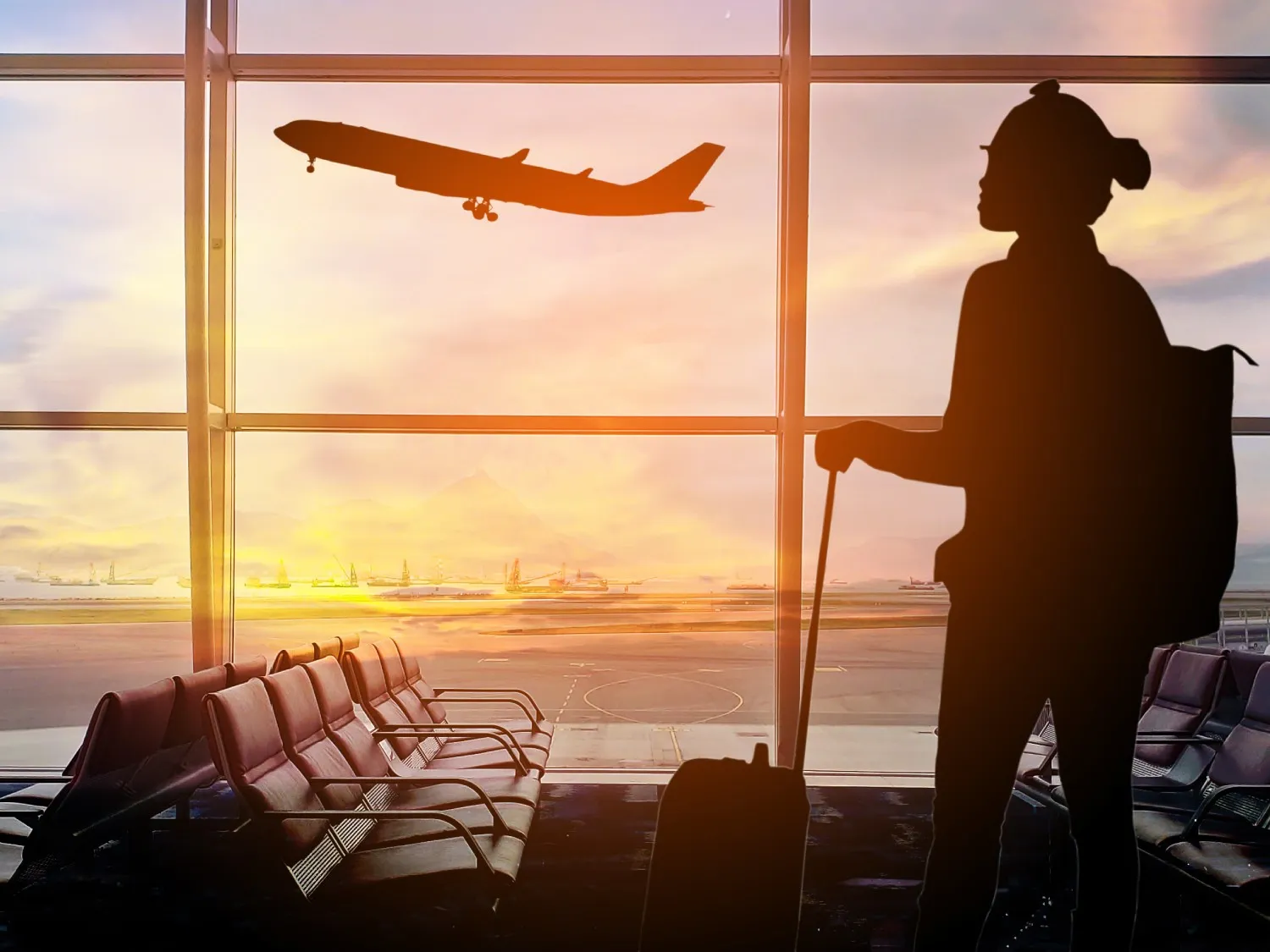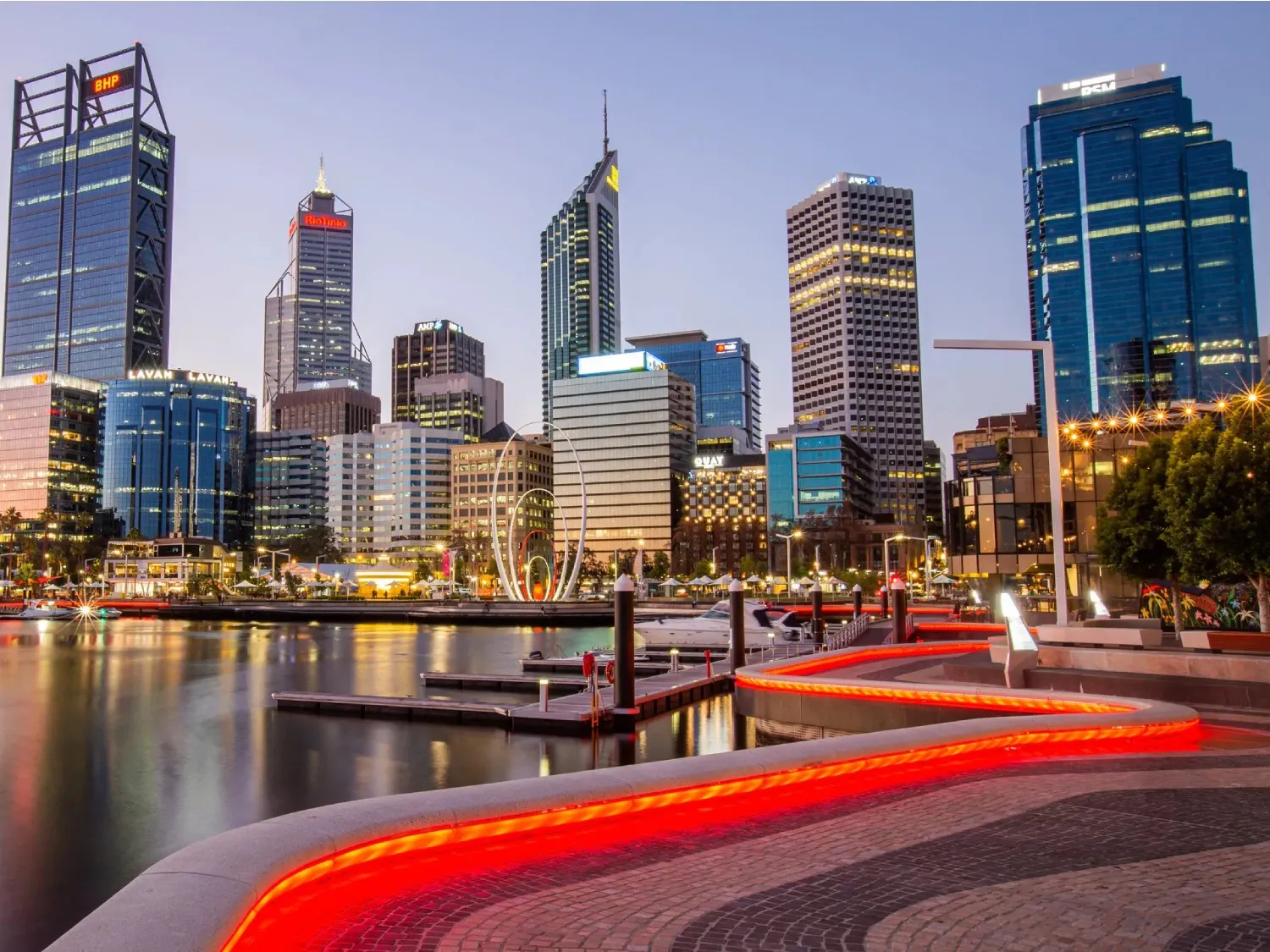Date: 29 May 2020
New measures help to rebuild confidence for travellers
Latest protocols aid the reopening of Travel & Tourism sector
London, UK: The World Travel & Tourism Council (WTTC) has unveiled the second phase of measures to rebuild global consumer confidence to encourage the return of travelling.
The latest protocols are designed to drive the return of safe travel and enable industries, namely tour operators and convention centres, meetings and events to thrive once again.
Detailed discussions took place with key stakeholders and organisations to ensure maximum buy-in, alignment and practical implementation, to set clear expectations of what travellers may experience in the ‘new normal’.
Those relating to airports and airlines have been devised following close consultation with WTTC Members such as Iberia, Emirates Group, Etihad and Oman Aviation Group among others, as well as the International Air Transport Association (IATA) and Airports Council International (ACI), to rebuild trust and provide reassurance that airports and airlines will offer safe environments in which to fly once travel restrictions are relaxed.
The welfare of travellers and the millions of people employed throughout the Travel & Tourism sector at the heart of this new comprehensive package of Safe Travels protocols.
They also provide consistency to destinations and countries as well as guidance to travel providers, airlines, airports, operators, and travellers, about the new approach to health and hygiene in the post COVID-19 world.
Gloria Guevara, WTTC President & CEO, said: “For the first time ever, the global private sector has rallied around our Safe Travels protocols which will create the consistency needed to allow a re-invigorated Travel & Tourism sector re-open for business.
“Among the most important of these measures are those which will enable the aviation sector to take-off. Aviation’s return is critical to help repower the global economic recovery.
“WTTC aviation protocols were created in close collaboration with ACI and IATA. We thank them and their leaders Angela Gittens and Alexandre de Juniac for their guidance, as it is vital we restore consumer confidence to get people travelling and flying safely.
“The expertise from large and small tour operators, contributed to define the new experience via tour operators and visiting event venues again, and were defined in coordination of experts from this segment, through these robust global measures which have been embraced by businesses around the world.”
Angela Gittens, ACI World Director General said: “Our industry has been brought to a standstill. A balanced and effective restart and recovery of the global travel and tourism sector depends on collaboration among the key participants in this ecosystem and we welcome the ambitious approach taken by the WTTC.
“Collaboration will help to establishing a globally-consistent approach to recovery which will be the most effective way of balancing risk mitigation with the need to enable travel and foster economic recovery while also reassuring the travelling public that health and safety remain the overall priorities.”
Alexandre de Juniac, Director General and CEO at IATA said: “COVID-19 is a gamechanger for the travel and tourism sector, requiring us to enhance our approach to health and safety to protect our travellers and workforce. Aviation is the business of freedom and it is vital to enable its restart on a safe basis. IATA is delighted to lend its framework and collaborate with WTTC on the Aviation Protocols as part of its Safe Travels initiative. This is an excellent example of the industry solidarity and cooperation that will be so vital to ensuring a strong recovery for travel and tourism.”
Yuji Akasaka, Japan Airlines President, said: “We would like to thank WTTC for their deep understanding of the aviation industry and for their worldwide support.
“At this moment I think the most important issue is that all members involved in tourism join forces and cooperate to overcome this crisis. Through WTTC’s widespread initiatives, we would like to work not only with the aviation sector but also with the tourism industry as a whole.”
Deborah Flint, Greater Toronto Airports Authority President and CEO, said: “Airports are one part of many organisations that form the travel and tourism ecosystem, to serve business and humanity’s need to connect.
“Together, we must work towards recovery from this crisis. That is why collaborating with partners like the WTTC on protocols for the new travel experience is important to us. A standardised approach, led by governments with input from industry, will allow us to ensure all safety measure are in place and is a critical step in building confidence in travellers, governments and ensuring resiliency for our industry.”
Greg Webb, Travelport Chief Executive Officer, said: The global travel industry is united in its desire to support a safe, healthy and responsible return to travel. However, for this to be achieved, the industry and governments across the world must now unite around a consistent set of clear practical and meaningful protocols, which are backed up by medical evidence and give travellers the confidence they need to once again take to the skies.
Gordon Wilson, WorldReach President, said: "The new Global Protocols provide an important framework to facilitate government and industry collaboration via a consistent set of guidelines to restore traveller confidence.
“The WTTC's Seamless Traveller Journey initiative has greater urgency and an expanded role due to COVID-19. Health safety becomes a critical factor and combines the previous seamless travel goals with touchless processes, thereby helping the recovery of global travel."
Miguel Leitmann, Vision-Box Chief Executive Officer, said: “As a leading forum of the travel and tourism industry, we are fortunate to have WTTC taking an important role in the formulation of trusted and clear travel standards in a post COVID-19 environment.
“Travel has become such an essential component of our daily lives, whether on business, vacation, or for personal reasons, that I am certain that we will soon be growing and thriving again. In the meantime, Vision-Box works closely with our clients and industry stakeholders to implement touchless identification and contactless clearance solutions that will enhance the safety and security of all travellers and staff members throughout the travel and tourism sector.
“Moving forward in this unprecedented time, the strength of our ongoing partnership with WTTC is key to recovery and success. Integrity, values and expertise drives our shared commitment to make our world a better place and we look forward to our mutual support, both personally and professionally.”
Aileen Clemente, Rajah Travel Corporation Chairman and CEO, said: "Restoring travel confidence is a major pillar to the recovery of our industry. Rajah Travel Corporation fully supports the WTTC in its leadership in engaging the private sector for the development of Safe Travel protocols across the value chain.
“We all benefit from WTTC's strong advocacy with global and national institutions to prioritise travel and tourism in the recovery plans. The WTTC initiatives during this crisis are instrumental in how we re-shape our product offerings, business solutions and service to ensure and promote safe, secure, and seamless experience among our global customers and stakeholders."
Darrell Wade, Intrepid Group Chairman said: “Safety and collaboration have never been more important, so its outstanding to see the travel industry work together as one, to ensure the health and wellbeing of travelers, workers and community members.”
Last week, WTTC unveiled Safe Travels protocols for hospitality and outdoor retail, which were widely endorsed and supported by top CEOs and business leaders globally.
However, earlier this week, WTTC’s unveiled its landmark new global safety stamp to encourage safe travels and the reopening of the Travel & Tourism sector.
Backed by the United Nations World Tourism Organization (UNWTO), the new protocols will recognise businesses and governments worldwide which have adopted them to rebuild confidence among consumers, encourage the return of ‘Safe Travels’ and enable the Travel & Tourism sector to reopen for business.
Drawn up by WTTC Members and based on the best available medical evidence and following guidelines from the World Health Organisation (WHO) and the Centres for Disease Control and Prevention (CDC), the new Safe Travels protocols and avoid the emergence of multiple standards, which would only confuse the consumer and delay the sector’s recovery.
Detailed discussions took place with key stakeholders and organisations to ensure maximum buy-in, alignment and practical implementation, to set clear expectations of what travellers may expect during their next flights in the ‘new normal’.
Evidence from WTTC’s Crisis Readiness report, which looked at 90 different types of crises, highlights the importance of public-private cooperation to ensure that smart policies and effective communities are in place to enable a more resilient Travel & Tourism sector.
WTTC divided the new guidance into four pillars including operational and staff preparedness; ensuring a safe experience; rebuilding trust and confidence; innovation; and implementing enabling policies.
Measures announced today include:
Airports
• Enhanced cleaning including to self-service equipment, baggage trolleys, counters, buggies, security checkpoints, washrooms, elevators, handrails, boarding areas, and common areas with a specific focus on high-frequency touch points
• Provide personal protection equipment (PPE) to staff, such as masks
• New signage and announcements to limit interaction and queuing at touchpoints
• Possible pre-arrival health risk assessment to prevent delays upon arrival
• Reduce passenger touchpoints through online check-in before departure, use of self-check in kiosks and bag drop, home-printed bag tags, greater use of biometric e-gates and boarding card reading at gates
• If entry-exit screening is mandated, it should be carried out in a non-intrusive, walk through manner, through full body infrared scanners using handheld infrared thermometers, and ear gun thermometers
• Enhanced food safety and hygiene at restaurants, with prepacked foods to avoid handling of food at buffets
• Possible redesign of immigration halls together with governments and airlines to speed up procedures
• Where declarations are required upon arrival, electronic options should be used to minimise contact; ideally using contactless processes.
Airlines
• Provide personal protection equipment (PPE) to staff such as masks
• Reduce passengers’ touchpoints through online check-in before departure, use of self-check in kiosks and bag drop, home-printed bag tags, greater use of biometric e-gates and boarding card reading at gates
• Provide approved hand sanitizers as appropriate based on high-traffic areas, such as check-in and boarding areas
• Revisited guidance for cleaning teams for all areas of the plane including washrooms, as well as check in and boarding areas, with a specific focus on high-frequency touch points
• Consider boarding from back of the plane to the front, window to aisle
• Limit movement in the cabin as much as possible
• Retrain crew and frontline staff regarding infection control and hygiene measures
Tour operators
• Enhanced sanitation, disinfection, and deep cleaning practices for coaches and other vehicles
• Focused cleaning on high-frequency touch points, including handrails, door handles, tables, onboard toilets, air conditioning filters, overhead lockers and headsets
• Pre-allocated seating plans with no rotation
• Limit physical contact and queuing where possible
• Explore staggered timing for access to venues, hotels and restaurants among others
• Health, sanitation, disinfection and hygiene and food safety protocols at partner restaurants
• Establish with partners and suppliers including shops, showrooms, tasting venues/shops, museums, shows theatres, concert halls, factories and farms, that they follow likely protocols
Convention Centres, Meetings & Events
• Implement physical distancing for seating distribution and aisles, utilizing government guidance if available. Create visual support to show intent as appropriate.
• Reduce venue capacity limits for participants as appropriate and required by local legislation
• Distinguish between different areas of risk in the venue
• Consider pre-arrival risk assessment questionnaire for participants
• Limit physical interaction and possible queuing at reception and registration using advance registration to enhance participant flow
• Create isolation units outside the venue where possible for those showing COVID-19 symptoms
Additional and separate measures for the Cruise sector and Insurance businesses, amongst others, are currently in development and will be announced in due course.
According to WTTC’s 2020 Economic Impact Report, during 2019, Travel & Tourism was responsible for one in 10 jobs (330 million total), making a 10.3% contribution to global GDP and generating one in four of all new jobs.
WTTC Events
Webinar: Regenerating Destinations Through Nature Positive Tourism
Sign up for our next webinar.




